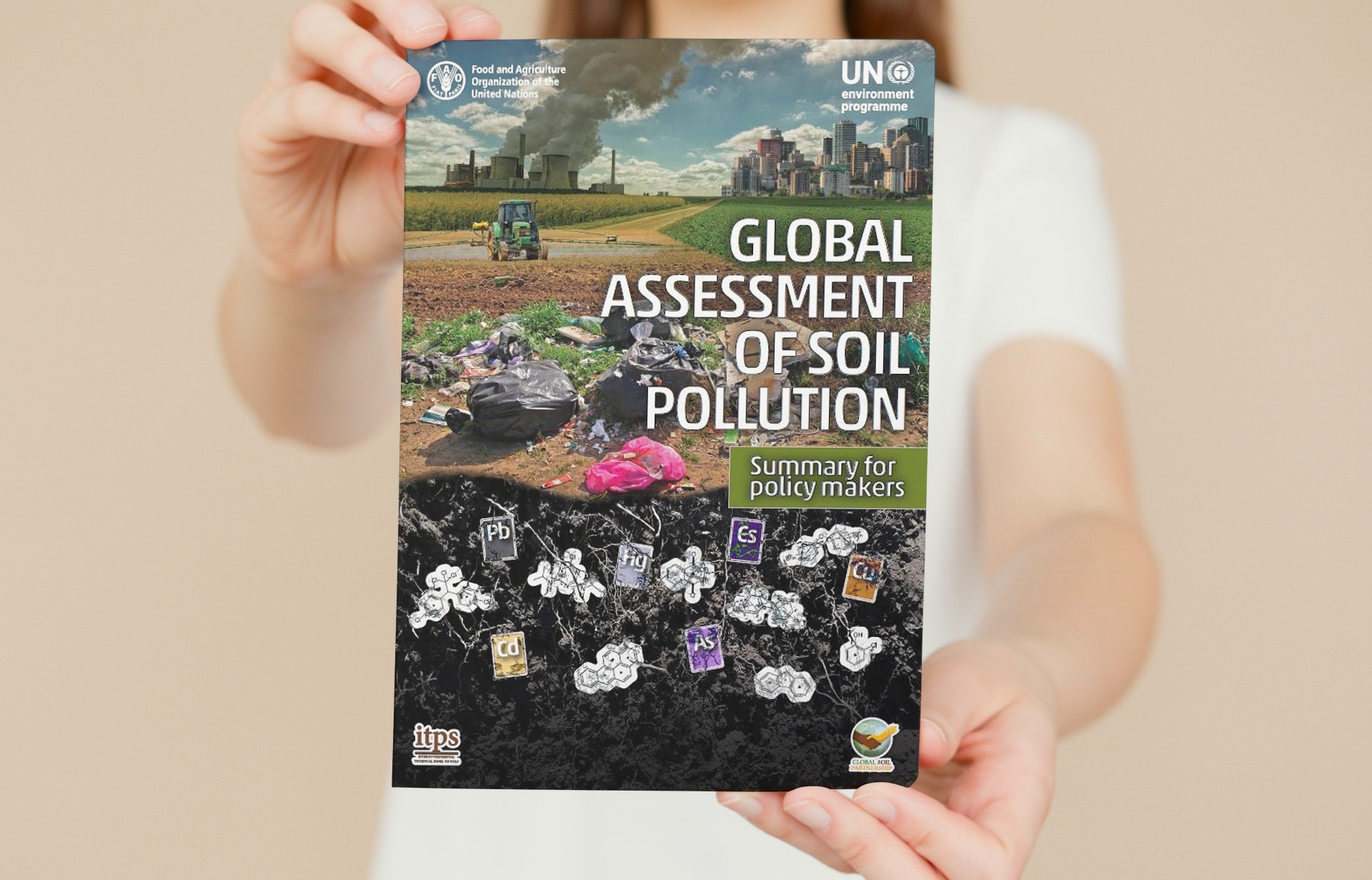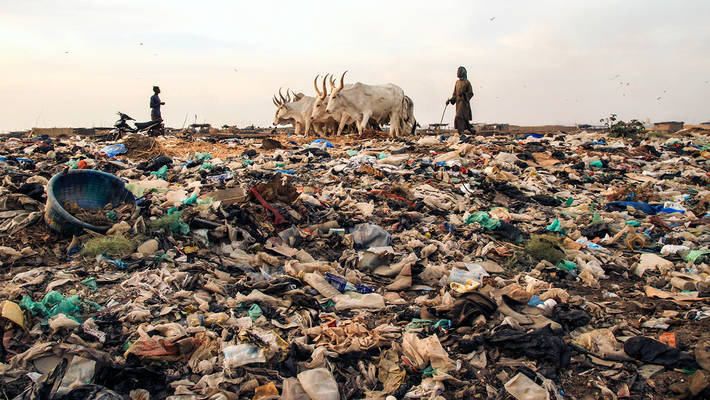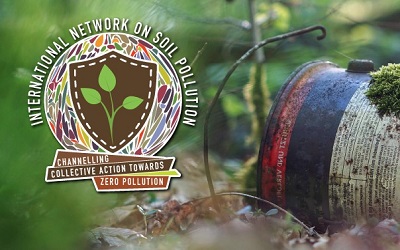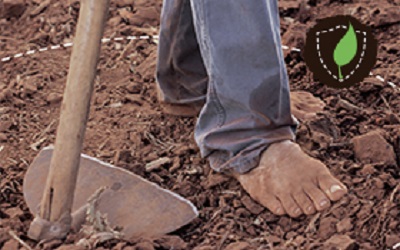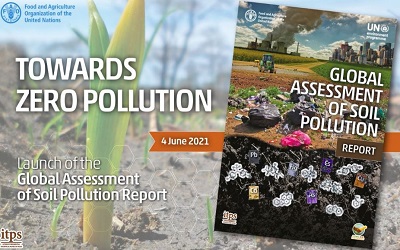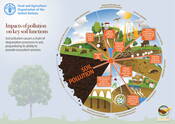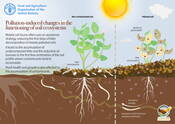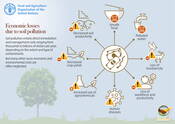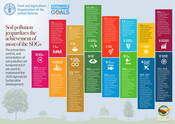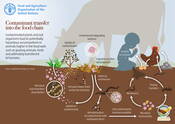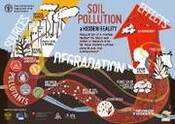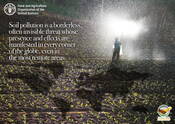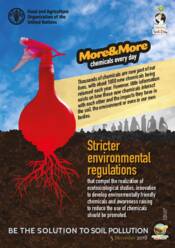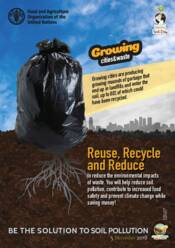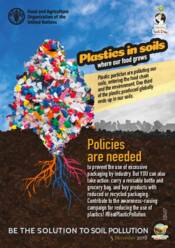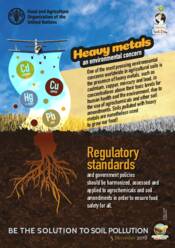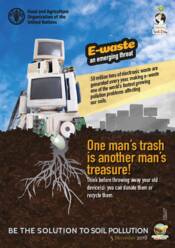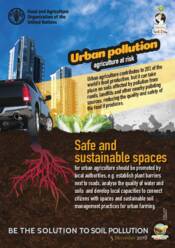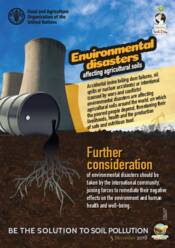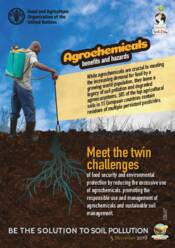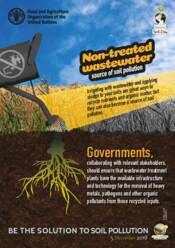Discover the new network on soil pollution!
International Network on Soil Pollution
The International Network on Soil Pollution (INSOP) has the overall aim of stopping soil pollution and achieving the global goal of zero pollution. To this end, INSOP works to improve knowledge on the full cycle of soil pollution, from assessment to remediation, as well as on the effect on environmental and human health and the provision of soil ecosystem functions and services. INSOP also aims to strengthen technical capacities and legislative frameworks for the prevention of soil pollution and promotes the exchange of experiences and technologies for the sustainable management and remediation of polluted soils. For more information contact: [email protected] and the: GSP-Secretariat. Read more
Communication material

Be the solution to soil pollution
Over thousands of years of human activities have left a legacy of polluted soils worldwide.
Other languages: Italian
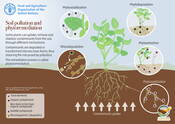
Soil pollution and phytoremediation
Some plants can uptake, remove and stabilize contaminants from the soil, through different mechanisms.
Impacts of soil pollution on key soil functions
Soil pollution causes a chain of degradation processes in soil, jeopardizing its ability to provide ecosystem services.
Pollution-induced changes in the functioning of soil ecosystems
Mobile soil fauna often uses an avoidance strategy, reducing the first steps of litter decomposition in heavily polluted soils.
Economic losses due to soil pollution
Soil pollution entails direct remediation and management costs ranging from thousands to billions of dollars per year, depending on the extent and type of contaminants.
Soil pollution jeopardizes the achievement of most of the SDGs
The prevention, control, and remediation of soil pollution are fundamental if we want to implement the 2030 Agenda for Sustainable Development.
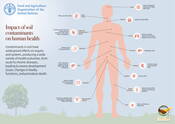
Impact of soil contaminants on human health
Contaminants in soil have widespread effects on organs and systems, producing a wide variety of health outcomes, from acute to chronic diseases, leading to severe development issues, changes in bodily functions, and premature death.
Contaminants tranfer to the food chain
Contaminated plants and soil organisms lead to potentially hazardous accumulations in animals higher in the food web such as grazing animals, birds and ultimately transferred to humans.
Soil pollution, a hidden reality
This poster presents in a nutshell the sources, degradation processes and effects of soil pollution on the environment, human health and food safety and security.
Other languages: Thai
Soil pollution is borderless
Soil pollution is a borderless often invisible threat whose presence and effects are present in every corner of the globe.
Videos and animations
|
7 things you can do to stop soil pollution Let's be the solution to stop soil pollution! |
|
How can you be the solution to soil pollution? Even through your small actions you can contribute to a big goal, to #StopSoilPollution. Reduce, reuse and recycle can help you, your community by improving your health and the health of our soils. Short version: English |
|
Soil Pollution, a hidden reality Soil is a complex growing habitat that remains productive only when it is cared for and nurtured. Combating and addressing soil pollution means assessing and minimizing the risks for food security, human health and the environment. |





